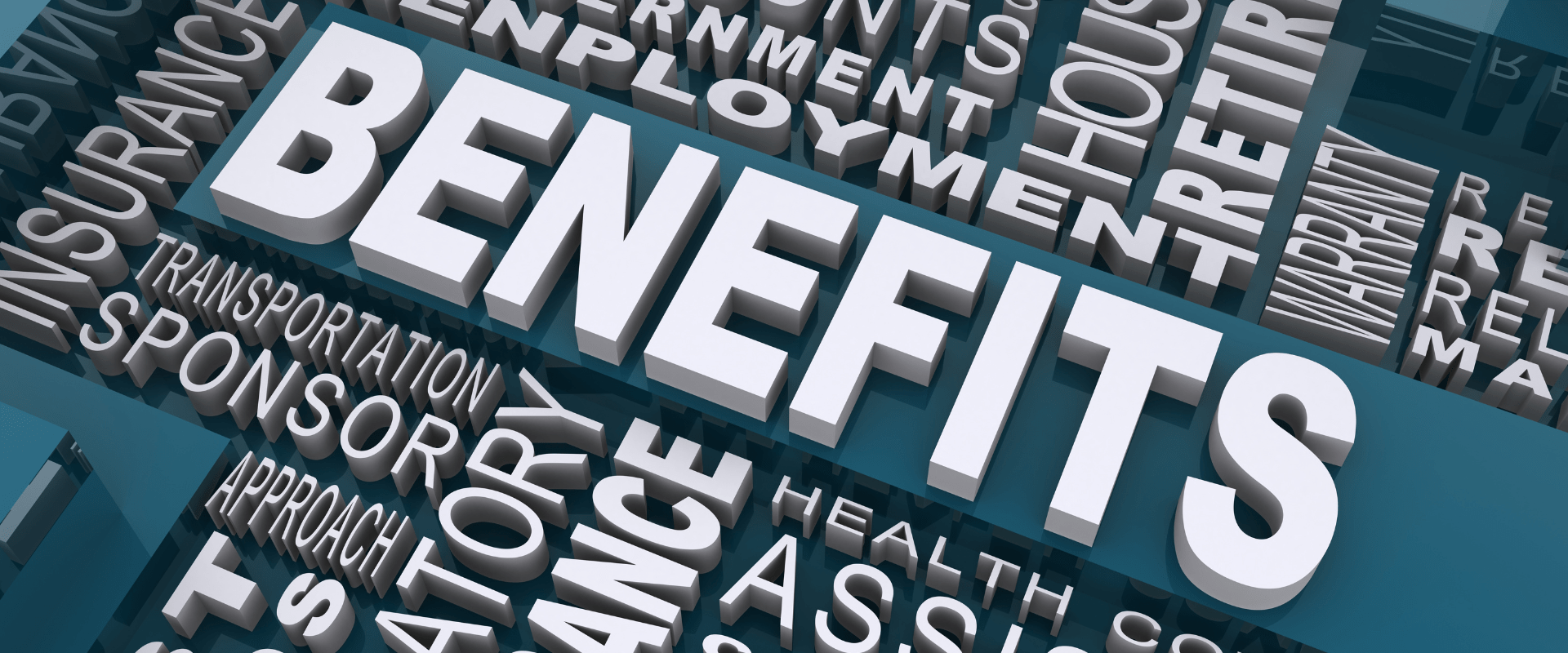6 Hidden Costs of a Poor HCM Implementation Process
Poor HCM implementation costs more than time. Learn six hidden risks and how to avoid them with a smart plan, strong adoption, and smooth rollout.
Read APS' Featured Blog
Switching Payroll Providers Mid-Year
Anytime is a great time to make a change, including the middle of the year. We have the resources you need to streamline your payroll conversion process.
HR and Payroll
Stay up-to-date with the latest information on best practices, trending topics, HR strategy, year-end processing, and more from APS.
Industry Insights
Explore the latest news and trends in nonprofits, churches, healthcare, hospitality, and more.
Employee Lifecycle Management
Discover ways to improve and streamline your employee lifecycle management with tips from APS on everything from hire to retire.













